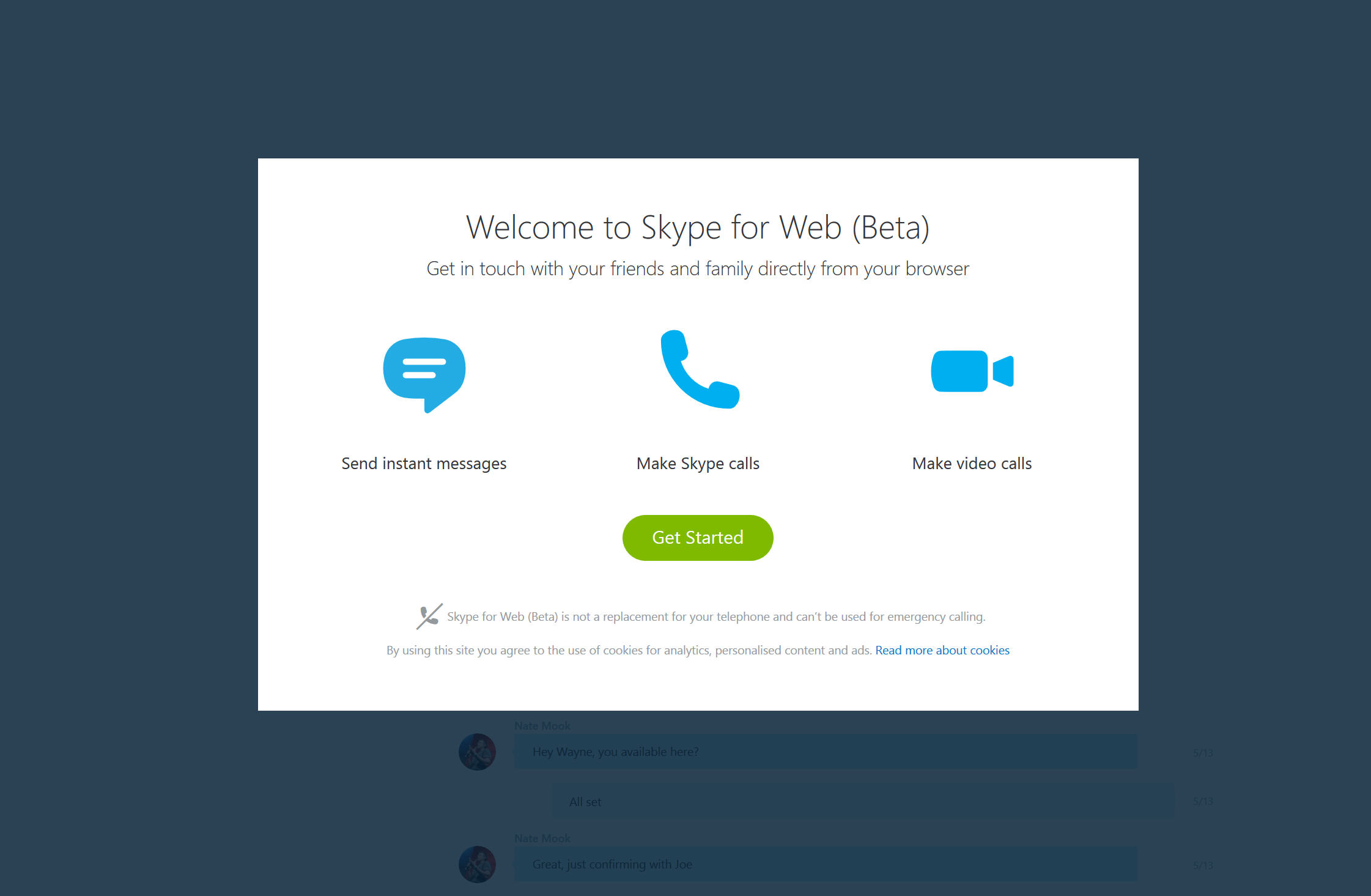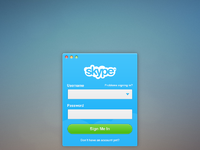



If you have a powerful enough computer, this may not be an issue. Still need help? Go to Microsoft Community.Unfortunately, when you install Skype, it defaults to launching automatically with Windows 10 and running in the background. Lync 2013/Skype for Business 2015: %UserProfile%\AppData\Roaming\Microsoft\Office\15.0\Lync.Skype for Business 2016: %UserProfile%\AppData\Roaming\Microsoft\Office\16.0\Lync.Locate the Roaming application data folder: In case of error, verify Skype for Business and Outlook processes are stopped before deleting the folder. Lync 2013/Skype for Business 2015: %LocalAppData%\Microsoft\Office\15.0\Lyncĭelete the folder with the name matching your SIP address.Skype for Business 2016: %LocalAppData%\Microsoft\Office\16.0\Lync.For example: File Explorer and locate the Local application data folder: Lync 2013/Skype for Business 2015: HKEY_CURRENT_USER\Software\Microsoft\Office\15.0\Lyncĭelete the registry key with the name matching your sip address.Skype for Business 2016: HKEY_CURRENT_USER\Software\Microsoft\Office\16.0\Lync.To do this, right-click Start, click Run, type regedit in the Open box, and then press OK.

For example, click the down arrow next to the gear icon, select File, and then Exit. Step 2: Remove Skype for Business cacheĮxit Skype for Business. If the issue persists, continue to remove the cache. In Skype for Business, click the down arrow next to the gear icon, select File, and then Sign Out. Delete your Skype for Business sign-in info To manually fix this issue, follow these steps. To delete cached sign in credentials, use the Skype for Business scenario in the Microsoft Support and Recovery Assistant (SaRA) tool or manually clear the cached information. This may prevent you from being able to sign in to Skype for Business. Microsoft Skype for Business caches files locally on your computer.


 0 kommentar(er)
0 kommentar(er)
